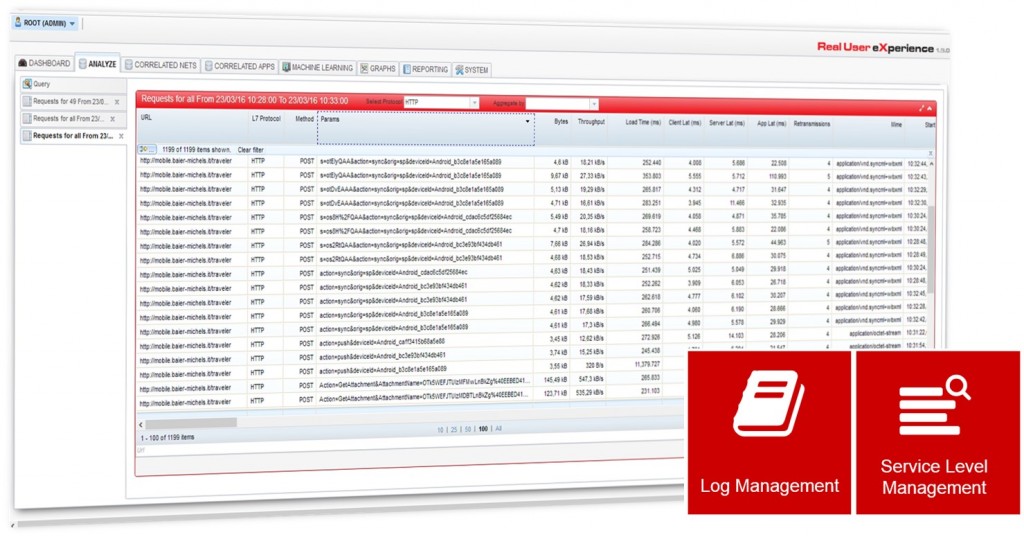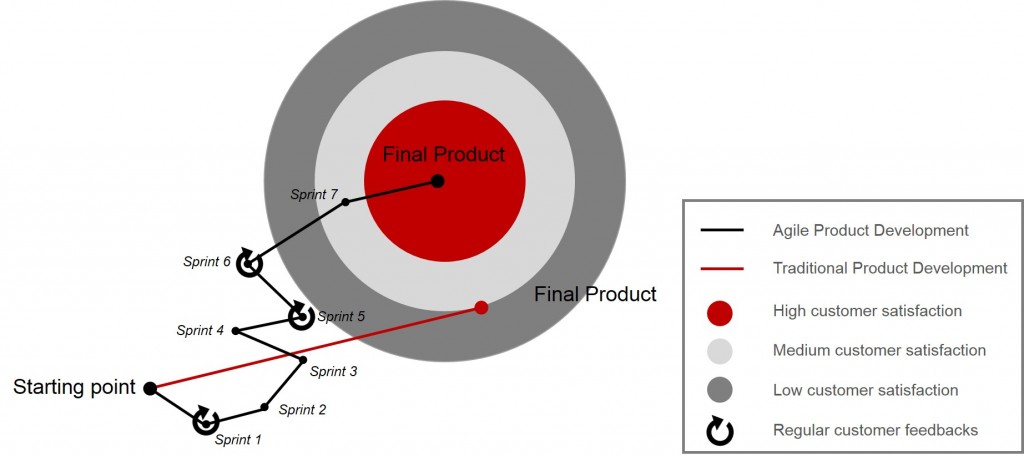NetEye 3.7 Has Been Released!
New release strategy, extended Log Management and more precise Service Level Management
Before I’m going to talk about the functional news of our latest NetEye version, I’m very glad to provide you some other kind of information:
At the beginning of this year, we started a new internal project, which aims to the “agile transformation” of our development team. The application of agile best practice methods during the various development phases should lead to a modern, solid and well-structured operation in our team. The realization of this agile approach will also positively affect you as our customers.
- Shorter cycle time of the single development phases thanks to short development sprints, which result in tested and functioning software.
- Quality increase of new features through the involvement of stakeholders during the development process.
- Enhancement of the existing source code thanks to pair programming and source code reviews.
- Better user documentation, through the integration of its preparation into the development process.
In the course of this transformation, we introduced a new release strategy for NetEye, which schedules three minor releases per year. In this way, we can more quickly pass new functionalities over to you and are able to considerably simplify the update procedure. As soon as we brought your NetEye installation to a version based on CentOS6 (NetEye 3.6 or higher), you will be able to autonomously process all future minor upgrades. Following the supplied documentation, you can already do the upgrade from NetEye 3.6 to NetEye 3.7. For major upgrades we still recommend to make use of the support of our consulting team.
Now let’s talk about the new functionalities of NetEye 3.7:
NetFlow Extension for the Log Management Module
Besides the improvement of the management of classic log data, the integration of Elastic Stack to the NetEye Log Management provides the advantage of extremely simplifying and accelerating the analysis and visualization of NetFlow data.
Enhancements for Downtime Planning
In NetEye 3.7 it is possible to automatically assign planned downtimes to all business processes which are connected to the host or service in question. Thanks to the simple UI-based selection, the system administrator does not have to manually define the downtime interval for every single process and gains valuable time.
More precise SLA Reports
The advantages of the event correction module, introduced with NetEye 3.6, can now be applied also for SLA reporting. In concrete, this means that downtimes and other events can be subsequently marked and excluded from SLA reporting.
Recognition of the HTTP Request Method POST
Through the registration of POST data of HTTP requests to web services, NetEye Real User Experience provides more precise analysis possibilities. Thanks to this enhancement it is possible to clearly differentiate several requests to the same web service (expl. an URL in SharePoint).
You can find further details on our official release notes. Obviously you can directly contact us for further information.









